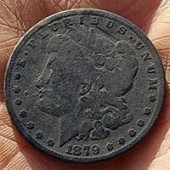Fisher F75SE vs Minelab CTX 3030 vs Nokta FORS Gold vs White's V3i
-
Similar Content
-
- 5 replies
- 313 views
-
- 2 replies
- 202 views
-
- 11 replies
- 689 views
-
- 13 replies
- 1,061 views
-
- 6 replies
- 1,970 views
-
- 8 replies
- 689 views
-
-







Recommended Posts
Create an account or sign in to comment
You need to be a member in order to leave a comment
Create an account
Sign up for a new account in our community. It's easy!
Register a new accountSign in
Already have an account? Sign in here.
Sign In Now